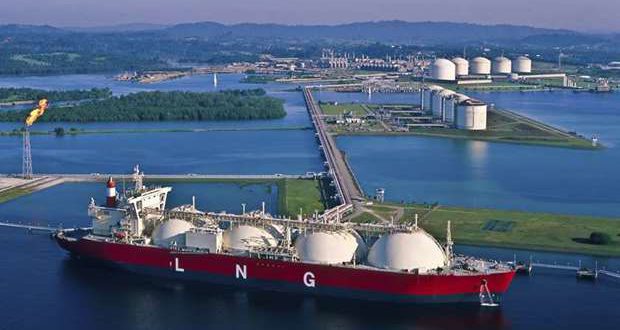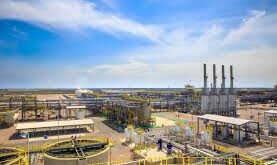Qatar`s tensions with its neighbors are making world markets edgy about any hint of financial instability among the Gulf economies. whose vast store of petrodollar savings permeate global investments.
The diplomatic spat — in which a number of Gulf states cut links with Qatar over alleged support for terrorism. which Doha denies — comes as U.S. and European central banks are already fuelling a rise in global borrowing costs by preparing to unwind years of super-easy credit.
Any petrodollar repatriation by Gulf states in a deeper crisis could exacerbate financial strains.
The concern stems from long-standing Gulf currency pegs. Qatar has already battled to steady the riyal`s fixed exchange rate to the dollar. investors now fear a prolonged crisis could spread to pegs in Saudi Arabia. Kuwait. United Arab Emirates. Bahrain and Oman.
Gulf governments are adamant they will hold the pegs and with collective sovereign assets approaching $3 trillion in Kuwait. Saudi Arabia. Qatar and the United Arab Emirates they have the resources to do so.
But much of that buffer is held overseas.
From Italian banks to Silicon Valley start-ups. U.S. Treasury bonds and London skyscrapers. there is barely a mainstream asset class untouched by Gulf money. At the height of the oil boom around 2006. net `recycling` of oil-fueled surpluses into world markets was estimated at over $500 billion a year. most of it from the Gulf.
`The (Gulf) stand-off could last years.` said Abhishek Kumar. emerging debt specialist with State Street Global Investments. `They own prime properties around the world as well as undisclosed amounts of liquid assets — bonds and equities — so if they need to sell. the impact is going to be felt.`
Such concerns arose in 2014. when plunging oil prices caused the first net withdrawal of petrodollars from markets in 18 years. according to a BNP Paribas report at the time.
Gulf countries have easily fended off past episodes of peg pressure such as during the 2009 Dubai crisis and in early-2016 when oil prices hit $27 a barrel. And so far. pressure has been confined to Qatar.
Qatari banks. whose $50 billion external liabilities dwarf central bank reserves. may need more aid if the crisis deepens.
But the Qatar row is just one hurdle for regional governments. They face a bleak oil price outlook. as well as a firmer dollar and U.S. rate rises which. though the pegs. are stymying their bid for economic diversification.
`The (Gulf) pegs are going to be challenged.` said Michael Cirami. head of emerging debt at Eaton Vance. `Does it matter? It should matter if you have investments in the region.`

 Iran Energy News Oil, Gas, Petrochemical and Energy Field Specialized Channel
Iran Energy News Oil, Gas, Petrochemical and Energy Field Specialized Channel



